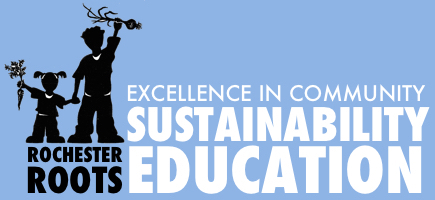Dr. Claudia Benitez-Nelson, professor in the Department of Earth Ocean and the Environment, University of South Carolina, presented Nutrient Cycling, Storm water runoff, and Communicating Science to the Public on Tuesday, March 1, 2022 via Zoom as part of SUNY ESF’s Women in Scientific and Environmental Professions Spring Seminar Series. This seminar was sponsored by ESF Women’s Caucus.
 |
| Dr. Claudia Benitez Nelson. Click for video. |
Dr. Benitez-Nelson research focuses on the biogeochemical cycling of phosphorus and carbon, largely in marine environments, and how these elements are influenced by natural and anthropogenic processes. During the seminar she discussed her most recent research on inland and coastal nutrient cycling in relation to planning for stormwater surges.
Benitez-Nelson's team sought to establish the rate of sediment accumulation in stormwater ponds, determine the role these ponds play in the regional cycling of carbon and nutrients, and to identify the sources of organic matter to pond sediments in different growing urban areas in the Waccamaw watershed. “This was for us a real opportunity to truly connect more closely with the communities that we were working in” said Benitez-Nelson when explaining how their findings would benefit the homeowners close to the ponds. Her findings suggest that Particulate Organic Matter (POM) is a better proxy for liability than Dissolved Organic Matter (DOM) and may control Biological Organic Matter (BOD) loads. Her lab continues research on different topics related to aquatic organic matter.
Benitez-Nelson is often asked how she “starts to have these conversations about not just pollution, urbanization, sustainability, but talking about climate and how climate change is influencing where people are living their lives.” She shared that she is part of Science Moms, a non-partisan group of climate scientists, who also happen to be mothers, that “really talk about climate, the need collective action” as well as mitigation efforts, particularly in conversation with other mothers, for the benefit of all their children.
Dr. Benitez-Nelson received B.S. in chemistry and oceanography from the University of Washington and a Ph.D. in oceanography from the Woods Hole Oceanographic Institute/Massachusetts Institute of Technology Joint Program. She has an extensive publication record which includes lead authored pieces in both Science and Nature. Dr. Benitez-Nelson also serves as Associate Dean, for Instruction, Community Engagement and Research.
For more information about the WiSE Professions Series, please visit http://www.esf.edu/womenscaucus. For upcoming lectures, please visit ESF’s College Calendar at http://www.esf.edu/calendar.
As part of the course requirements for FOR797 Perspectives on Career and Gender, students share responsibility of reporting on speakers in the campus-wide Women in Scientific and Environmental Professions Speaker Series. The preceding was prepared by Natasha M. Torres Ríos, MSc student, Sustainable Resources Management Department.








